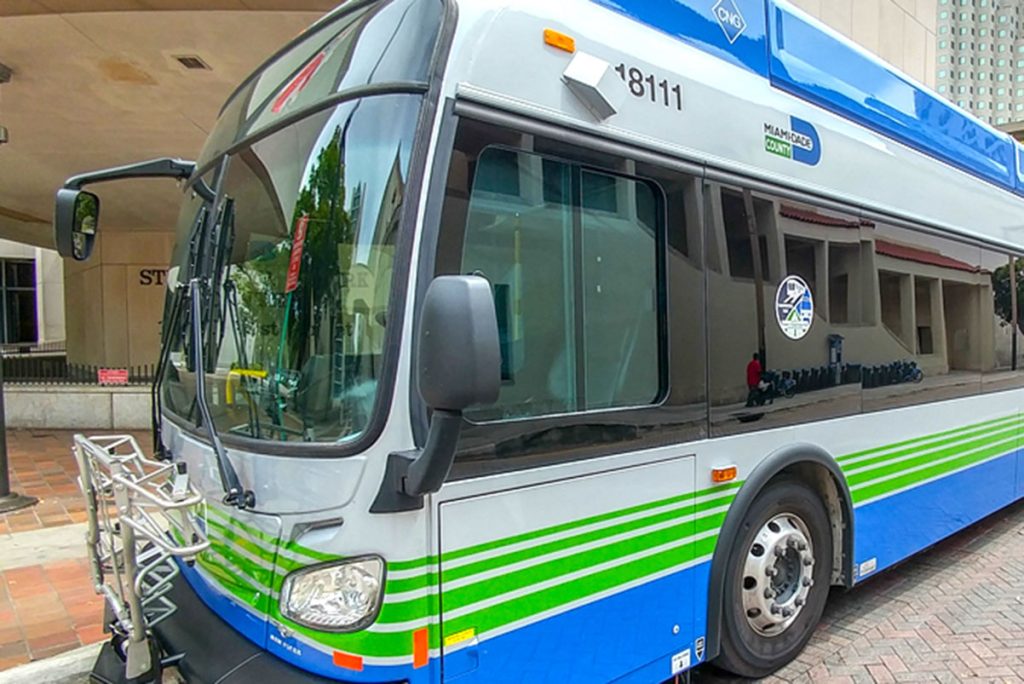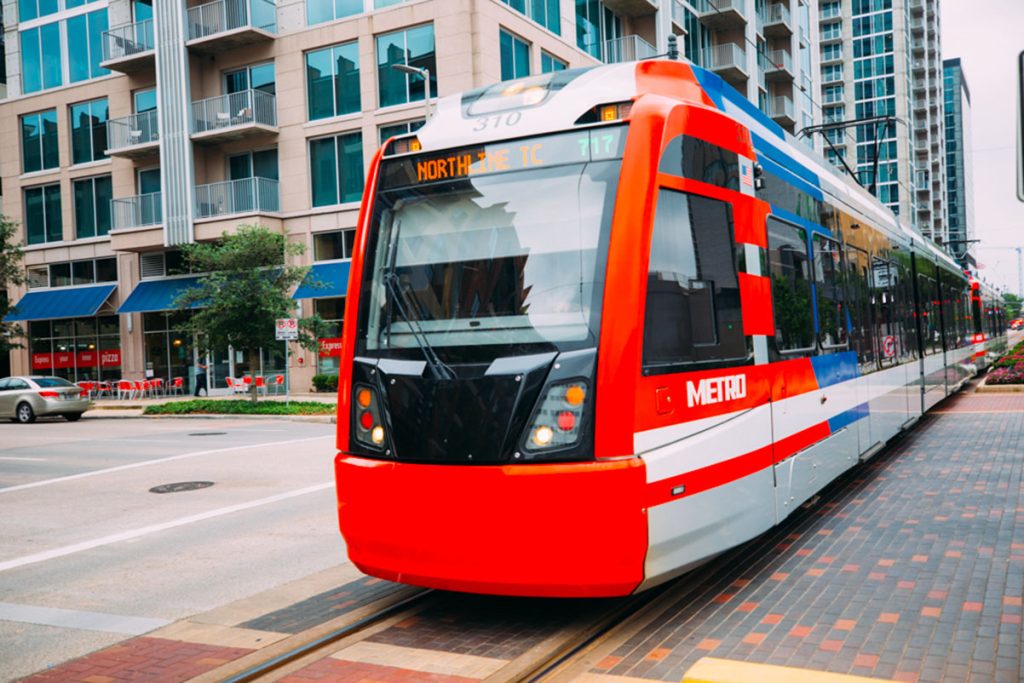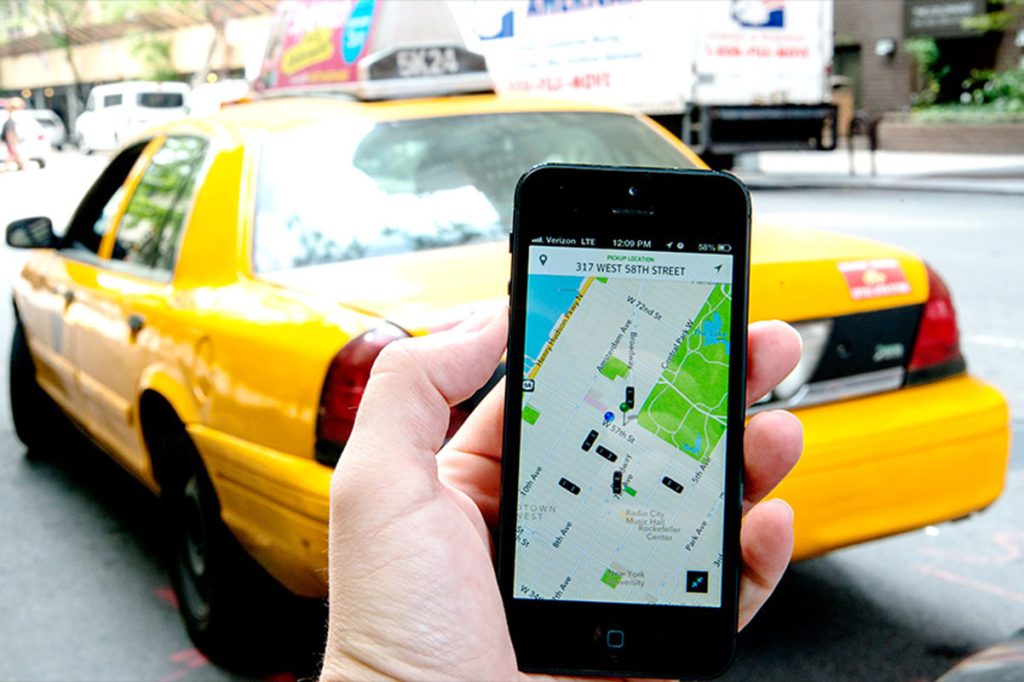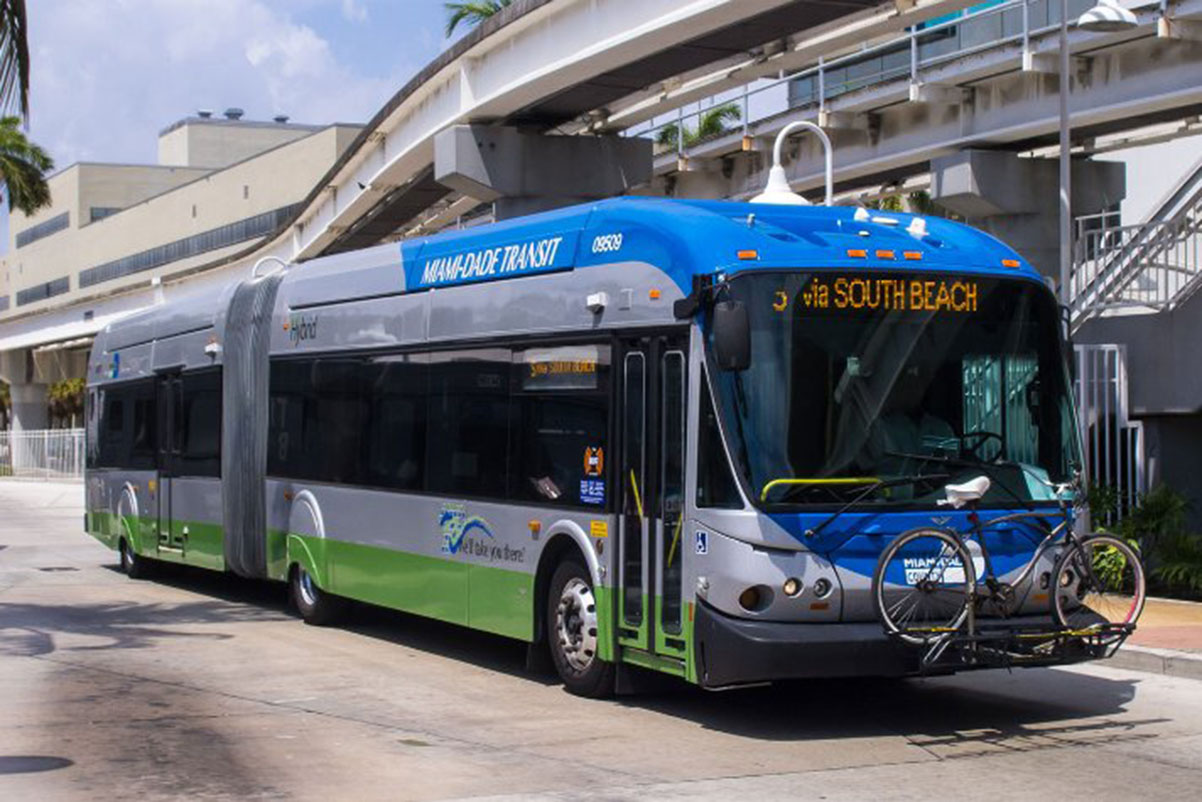Miami is a city of diverse neighborhoods, beautiful beaches, and vibrant nightlife. Whether you’re a budget traveler or ready to splurge, Miami offers a wide variety of transportation options to help you navigate its scenic landscapes and bustling streets. From public buses and trains to private ride services and bikes, you can find a transportation mode that suits both your style and your budget. Here’s an in-depth guide to getting around Miami, covering every transportation option available to make the most of your trip.
1. Miami-Dade Transit: Buses and Metrorail
For budget-conscious travelers, Miami-Dade Transit is the backbone of Miami’s public transportation network and offers an affordable way to get around.
- Buses: The Miami-Dade bus system operates over 90 routes throughout Miami and its surrounding areas, covering most tourist spots, including South Beach, Downtown Miami, and even Miami International Airport (MIA). Buses run frequently, especially on main routes like the S bus, which travels from South Beach to Downtown.
- Cost: A single bus ride is $2.25, or you can get a one-day pass for $5.65 if you plan on hopping on and off throughout the day.
- Tips: The bus can get crowded, especially during rush hours. Be prepared for some delays, and always check the Miami-Dade Transit Tracker app to get real-time bus information.
- Metrorail: Miami’s Metrorail is a 25-mile elevated train system with two lines: the Green Line and the Orange Line. The Orange Line is particularly useful for tourists since it runs from Miami International Airport to Downtown Miami, passing through various neighborhoods.
- Cost: A single ride costs $2.25, and day passes are available for $5.65.
- Tips: Consider purchasing an EASY Card, which works on buses and trains and allows you to add funds as needed. The Metrorail is a great way to avoid traffic and reach Downtown quickly.

Pros: Affordable, covers a wide area, and eco-friendly.
Cons: Can be slow during peak hours and may require transfers for some destinations.
2. The Metrobus and Metromover Combo
Miami offers a unique free transportation option: the Metromover. It’s an automated train system covering Downtown Miami and the Brickell area and is entirely free.
- Routes and Accessibility: The Metromover covers three loops—Inner Loop, Brickell Loop, and Omni Loop—and connects to major Metrorail stations. It’s particularly useful for exploring Downtown and visiting landmarks like the American Airlines Arena and Bayside Marketplace.
- Cost: Free!
- Tips: Since it’s free, it’s perfect for budget travelers who want to explore the heart of Miami without spending a cent. The trains can get crowded during peak hours, but they come every 90 seconds, so wait times are minimal.
Pros: Free, runs frequently, covers popular areas in Downtown and Brickell.
Cons: Limited to a specific area, so it doesn’t reach the beaches or farther neighborhoods.
3. Trolleys: A Colorful and Convenient Option
Miami’s free trolley service is an often-overlooked gem that connects many neighborhoods, making it a convenient option for both locals and tourists.
- Routes and Stops: The trolley network covers areas like South Beach, Little Havana, Coconut Grove, Wynwood, and more. Each route is color-coded, making it easy to navigate, and you can hop on and off at stops close to major attractions.
- Cost: Free.
- Tips: The trolley schedule can vary depending on the route, so check the City of Miami Trolley website or use real-time tracking on Google Maps.

Pros: Free, scenic, reaches tourist areas and neighborhoods.
Cons: Limited routes and slower during peak hours, but a fantastic way to explore the city affordably.
4. Bike Rentals and Citi Bike Miami
For an eco-friendly and active way to get around Miami, consider renting a bike or using Citi Bike, the city’s bike-sharing program. Miami is relatively flat and has several bike-friendly areas, especially in neighborhoods like South Beach and Downtown.
- Citi Bike Stations: Citi Bike has stations throughout Miami Beach, Downtown, Coconut Grove, and Wynwood. You can rent a bike for a short trip or purchase a day pass for unlimited 30-minute rides.
- Cost: Single rides start at $4.50, and day passes are around $24 for unlimited rides within a 24-hour period.
- Tips: Stick to areas with bike lanes, especially along the scenic Miami Beach boardwalk. Avoid major roadways during peak traffic hours to stay safe.
Pros: Great exercise, eco-friendly, lets you explore at your own pace.
Cons: Limited to specific neighborhoods, and summer heat can make long rides challenging.
5. Ride-Sharing Services: Uber and Lyft
Ride-sharing services like Uber and Lyft are widely available in Miami and offer a comfortable alternative to public transportation. These services are perfect for reaching areas not covered by buses or Metrorail or for times when you want a more direct route.
- Availability: Rides are typically quick to arrive, with plenty of drivers in areas like South Beach, Downtown, and Miami Beach.
- Cost: Prices vary depending on the time and distance. Peak times (late nights and weekends) can be more expensive.
- Tips: Consider using Uber Pool or Lyft Line for shared rides at a reduced cost. These options allow you to split your ride with other passengers going in the same direction.

Pros: Convenient, easy to use, covers all of Miami.
Cons: Costs can add up quickly, especially during surge times.
6. Renting a Car
Renting a car is ideal if you plan to explore areas outside Miami, such as the Florida Keys or the Everglades. Miami has numerous car rental agencies, including Enterprise, Hertz, and local options near the airport and around the city.
- Driving Tips: Miami traffic can be intense, especially during rush hours. Parking is available but can be pricey in popular areas, so look for hotels that offer free parking or use apps like SpotHero to find cheaper parking spots.
- Cost: Rental rates start at around $30–$50 per day, but insurance, gas, and parking fees can add to the cost.
- Tips: Book in advance and consider renting a fuel-efficient car to save on gas. If you’re staying within the city, a car might not be necessary unless you’re venturing out of town.
Pros: Ultimate freedom, ideal for exploring beyond city limits.
Cons: Miami traffic, parking costs, and rental fees can add up.
7. Scooters and E-Bikes: A Fun Alternative
Scooters and electric bikes are available in many parts of Miami, particularly in neighborhoods like South Beach and Downtown. Companies like Lime and Bird offer easy rentals through their apps.
- How It Works: Download the app, locate a nearby scooter or e-bike, and unlock it with your phone. You can ride it to your destination and leave it at a designated parking area.
- Cost: Rides start at around $1 plus a per-minute fee.
- Tips: Wear a helmet and stick to bike lanes when possible. Avoid riding on busy streets, and be cautious around pedestrians.
Pros: Convenient, affordable, and a fun way to get around short distances.
Cons: Limited range, and some areas restrict scooter use.
8. Water Taxis: A Unique Way to Travel
For a scenic option that combines transportation with sightseeing, consider taking a water taxi. Miami’s waterways make it possible to travel by boat while enjoying stunning views of the skyline and Biscayne Bay.
- Routes: Water taxis connect popular destinations like Bayside Marketplace, Miami Beach Marina, and the Miami River.
- Cost: One-way tickets range from $10–$20, with discounts for round-trip or day passes.
- Tips: The water taxi schedule can vary, so check ahead and plan to use it as a leisurely way to explore rather than a fast transportation option.
Pros: Beautiful views, a memorable experience, ideal for tourists.
Cons: Slower than other options and doesn’t cover all destinations.
9. Shuttles and Airport Transfers
If you’re flying into Miami, airport shuttles provide a convenient way to reach your hotel. Many hotels offer complimentary shuttle services, while other private shuttle companies operate for a fee.
- Airport Shuttle Services: Several companies, such as SuperShuttle and GO Airport Shuttle, offer rides from Miami International Airport to hotels and popular areas.
- Cost: Prices vary but are generally between $15–$25 for shared rides and $30–$50 for private transfers.
- Tips: Look for hotel packages that include shuttle services if you’re staying downtown or on Miami Beach.
Pros: Convenient for airport transfers, affordable, and luggage-friendly.
Cons: Limited flexibility, often requires advance booking.
Whether you’re exploring Miami on a budget or seeking convenience, there are transportation options to suit every travel style. From free trolleys and bike rentals to scenic water taxis and flexible ride-sharing, you’ll find a mix of options that make getting around Miami easy and enjoyable. With a bit of planning, you can make the most of each mode of transportation to explore all the sights, beaches, and hidden gems this vibrant city has to offer.



